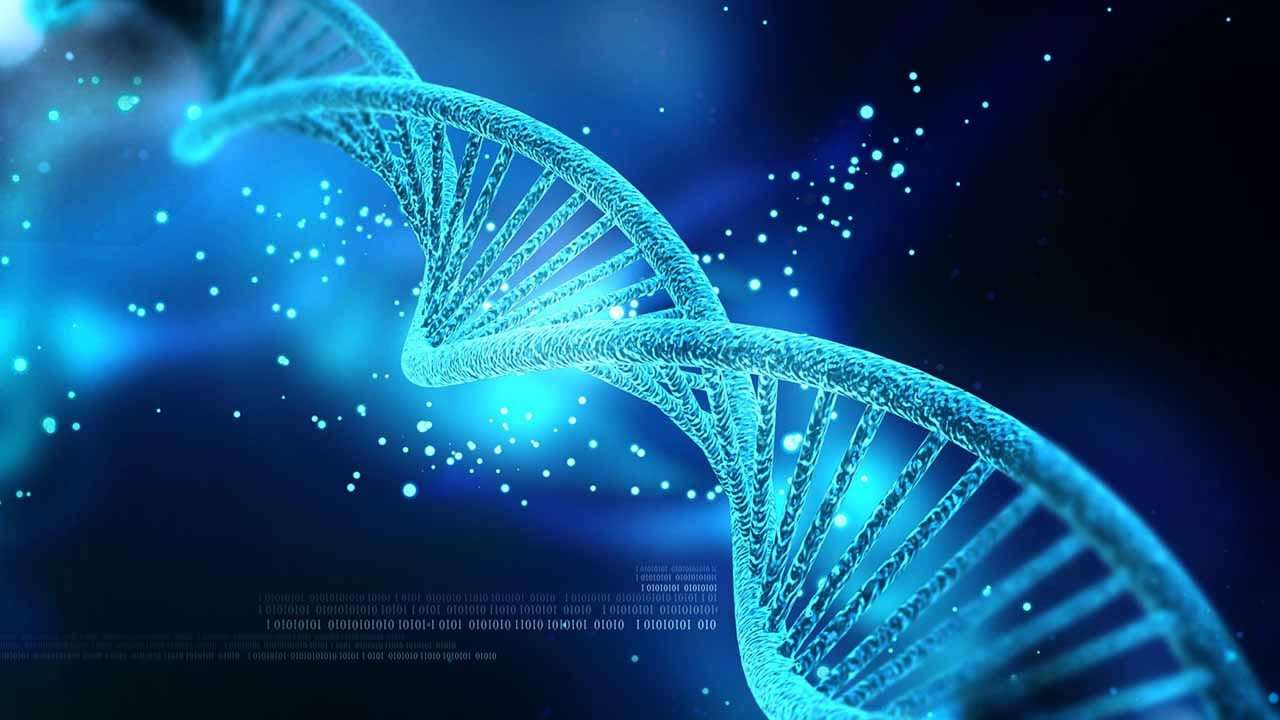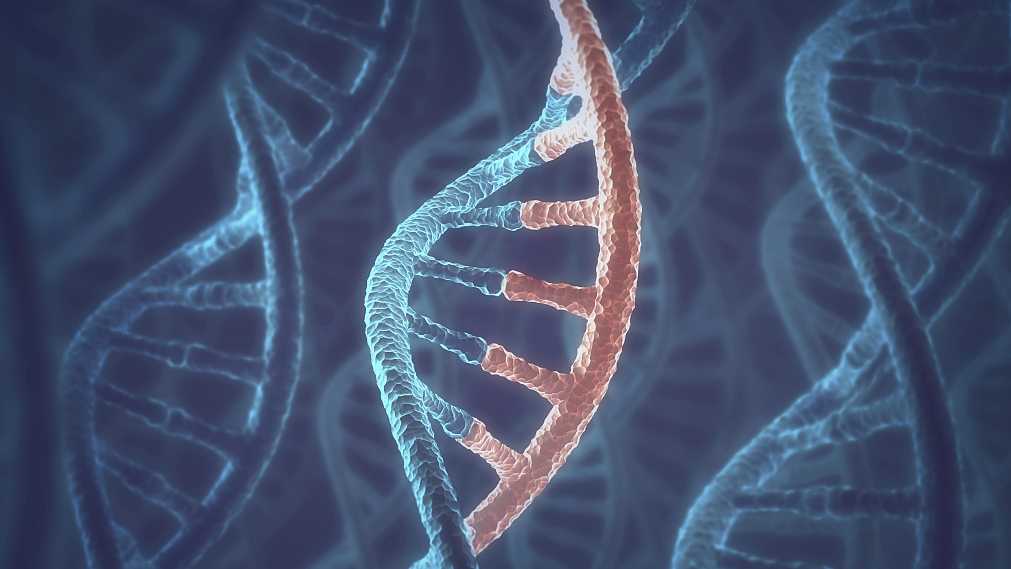
Money Stories
22:28, 12-Apr-2019
Genome sequencing to be promoted in the Chinese market
Updated
13:37, 15-Apr-2019
Global Business
04:12

With the development of technology, genome sequencing as a means of medical testing is being promoted in hospitals and has become popular in China. But how accurate are the results? Shao Yang, founder and CEO of Geneseeq Technology, said that the accuracy depends on the areas the genetic engineering focuses on.
“Foundation medicine or Geneseeq focuses on the medical area, where the results are for patients. Companies like 23andMe are sort of on the entertaining side. So it depends on the areas they are looking at,” Shao told CGTN.
Genome sequencing is decoding the information carried by DNA that our body needs to function and makes who we are. It tells us the risks of developing certain diseases such as cancer and helps us move toward proper prevention, monitoring or treatment.

VCG Photo
VCG Photo
However, Shao said that genome sequencing isn't a solution to all illness. He also said that strict scrutiny is required before tests are widely used in medical treatment.
“Anything being used in the medical area has to go through a more strict process,” Shao said, noting that the “government should have guidelines on how to use these tests for medical purpose.”
Besides medicinal uses, some say that insurance companies could use genome sequencing data to adjust premiums for their customers. But Shao said that could lead to a genetic discrimination debate.
“In an economic perspective, this seems to make sense. Different people have different gene composition. So, insurance companies could have different risks. But on the other hand, genetic composition cannot be changed. It is pre-determined, and beyond people's own control. So how can you punish somebody for something they cannot be responsible for?” Shao said.
Healthcare and agriculture are two other sectors where genome sequencing has attracted the most investment. The technology is expected to be expanded into other areas soon, including environmental protection and forensic identification.

SITEMAP
Copyright © 2018 CGTN. Beijing ICP prepared NO.16065310-3
Copyright © 2018 CGTN. Beijing ICP prepared NO.16065310-3